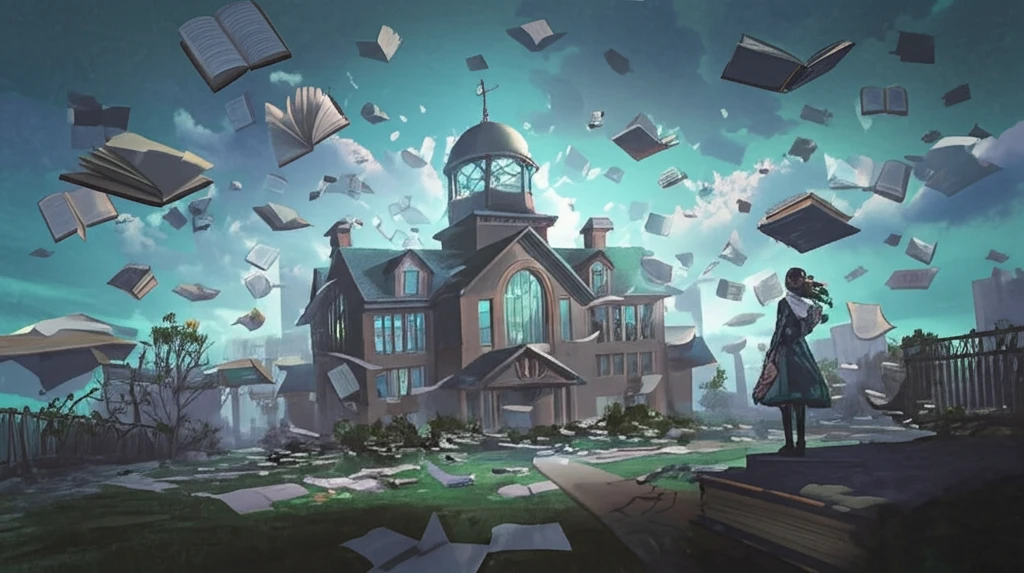
Beyond 'Jolly Hockeysticks': Uncovering the Surprising Depth of Fin-de-Siècle Girls' School Stories
"Step back in time to explore how late 19th-century girls' school stories did more than entertain—they shaped ideas about education, community, and the 'modern girl'."
In the late 19th and early 20th centuries, a unique literary genre flourished: the girls' school story. Often dismissed as light entertainment, these narratives played a significant role in shaping perceptions of female education, community, and the evolving concept of the 'modern girl.' This article delves into the fin-de-siècle (1886-1906) to uncover the surprising depth and cultural impact of these stories.
Rosemary Auchmuty notes that girls’ school stories have been frequently overlooked by literary critics. Early studies tended to see them as quaint and culturally insignificant. However, more recent analyses celebrate the genre's popular authors like Angela Brazil, Elsie Oxenham, and Elinor Brent-Dyer while often sidelining earlier writers. This article seeks to give proper due to the underappreciated authors who paved the way.
Sue Sims offers a concise definition: stories primarily set in girls' schools, intended for a young female audience, told from the girls' perspectives, portraying the school positively, and focusing on the school community rather than heterosexual romance. While a useful starting point, this definition risks overlooking the historical and contextual nuances present across a century of diverse works.
Why Girls' School Stories Matter: More Than Just 'Fun and Games'

This analysis focuses on stories published between 1886 and 1906, a period marked by significant social and educational changes for middle-class girls. It examines the relationship between the 'new schoolgirl' and the 'modern girl,' and the growing interest in female communities fueled by late 19th-century feminism. By examining the works of L. T. Meade, Mrs. George de Horne Vaizey, and Raymond Jacberns, this article reveals how these stories engaged with contemporary debates about girlhood and education.
- Education Reform: The late 19th century saw significant changes in girls' education, with the rise of Ladies Colleges, high schools, and large boarding schools.
- Challenging Norms: Many schools aimed to contest the idea that girls were incapable of serious academic study.
- Beyond Finishing Schools: There was a shift away from purely social aims towards formal academic achievement and meritocratic values.
The Enduring Legacy: Why These Stories Still Resonate
Fin-de-siècle girls' school stories played a vital role in negotiating the changing landscape of female education and identity. By examining these narratives, we gain a deeper understanding of how literature can shape societal perceptions and empower young women to navigate a complex world. These stories provide insight into the challenges and triumphs of girls on the cusp of a new century, leaving a lasting impact on the literary and social landscape.
